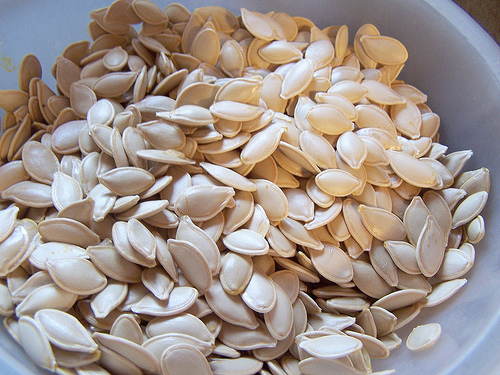Cucurbita maxima
Major
- Home
- Classification Information
- Origin/Habitat
- Adaptation
- Nutrition
- Life Cycle/Reproduction
- Interactions with other species
- Story of the Jack-o-Lantern
- Other Interesting Facts
- About Me
- References
- MultipleOrganisms.net
Adaptations
Tendrils
Cucurbita maxima has adapted with hair-like tendrils on its vines. These spiraling tendrils allow it to twist around other objects around it to help anchor its vine. This support protects it from wind damage and allows it to climber upward for more sunlight.
The plant has an amazing ability to respond to touch. When the tendril touches another object, it responds by wrapping around it. This fascinating response is known as thigmotrophism.
On another note, the tendrils dry up after harvesting and have given the pumpkin an artistic and unique look. They are highly noticed in their pictures.
Rind
This outer layer is also called the "skin" of the pumpkin. The rind has adapted into a tough outer covering with a displeasing taste. Its purpose is to keep animals and disease out of its fruit. It is a productive adaptation due to how thick it has become over time.
Seed Coat
A pumpkin has hundreds of seeds that produce a thick outer coat (also called the "seed jacket"). These coats protect the embryo inside until they are ready to grow outside. Because pumpkins must be broken or eaten to disperse seeds, the coating is necessary. They need to be protected as they pass through an animal's digestive system so they are still intact and able to grow after they are expelled.
Large Leaves
 The leaves of the pumpkin absorb the
photons of energy from the sun to undergo photosynthesis,
the process by which they obtain energy from the sun and
produce sugars. The large size of the leaves increases
surface area, which allows it to have maximum exposure to
the sun. The more sunlight they receive, the more
energy they have.
The leaves of the pumpkin absorb the
photons of energy from the sun to undergo photosynthesis,
the process by which they obtain energy from the sun and
produce sugars. The large size of the leaves increases
surface area, which allows it to have maximum exposure to
the sun. The more sunlight they receive, the more
energy they have.
How do pumpkins get the energy to do all this adapting? Find out here.

